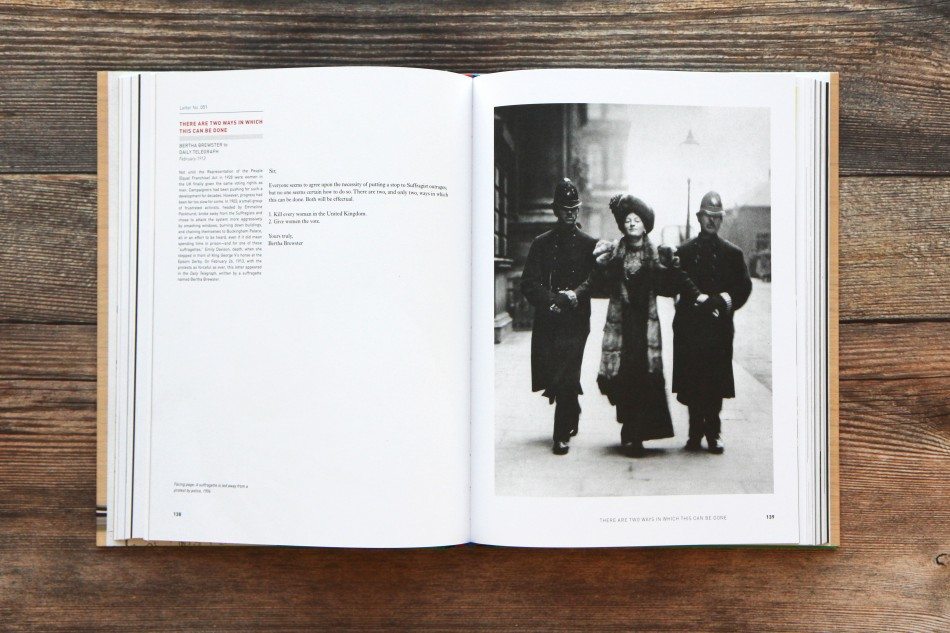I knew my daughter would want to read Upside-Down Magic by Sarah Mlynowski, Lauren Myracle, and Emily Jenkins as soon as I saw the big-eyed kitten with dragon wings on the cover.
But it was more than love at first sight: She consumed the five published books as fast as we could get them from the library.
The series takes place in a world where magic talents are common and emerge when someone turns ten. The magical talents fall into distinct, well-understood categories. Fluxers change into animals. Flickers make things invisible. Fuzzies talk to animals. Flares start fires. Flyers, well, fly.
But series protagonist Nory Horace’s Fluxing magic is different. She turns into combinations of animals. The dragon-kitten mentioned above (a “dritten,” just one of a number of fun portmanteaus), a squid-puppy, a skunk-elephant, and more. Her father, the headmaster of a prestigious magic school who’s embarrassed by her non-conforming talent, sends her to a school that has a special program for “Upside-Down Magic” (henceforth called “UDM”). There Nory meets a racially diverse cast of other kids whose magic doesn’t fit into society’s rigid norms. A Flare who freezes things. A Fuzzy who terrifies animals.
Where my daughter saw a middle-grade book featuring a unique magical world, I saw an allegory for neurodiverse students. Our daughter isn’t on the autism spectrum so I don’t want to pretend to firsthand knowledge, but she is what modern parenting books call “spirited,” which overlaps in enough ways that the popular book Raising Your Spirited Child urges testing such kids for autism if the author’s techniques aren’t working.
So I recognized Nory’s classmate Sebastian’s struggle with sensory overload right away. In the story, it’s because he’s an upside-down Flicker who can see sound waves. Any loud or discordant noise has him wincing, closing his eyes, shouting for people to stop, and occasionally rocking himself in distress.
A UDM student whose anxiety manifests as indoor storms reminds me of a friend whose daughter struggled with crushing anxiety when she started school.
Andres is an upside-down Flyer who floats. Weighted backpacks help him stay closer to his classmates. They immediately conjured images of the weighted vests used by occupational therapists. People who have experience with occupational therapy may also recognize the UDM teacher’s emphasis on movement exercises to channel physical control and emotions.
Other parallels are less positive. A lack of UDM classes and specialized teachers who can handle them. Taunts and jeers from non-UDM classmates. Siblings jealous of the attention and care their upside-down family members get. Embarrassed parents who push their children to be “fixed” and “back to normal.” Kids who feel isolated in a world that doesn’t accept them.
But ultimately the book is positive. The children get a teacher, herself a UDM Fuzzy, who rolls with the nonstandard magic her students manifest. She bans the use of the word “wonky” — the pejorative term in this world for upside-down magic — in her classroom. She teaches the kids not how to be normal but how to control and use their gifts appropriately.
Noise-sensitive Sebastian turns out to be a great conductor because he can literally see when instruments are off. Animal-scaring Pepper excels at harmless pest removal. Indoor rainer Willa admires the few others like her who put out fires and help with droughts.
If you’ve got a kid who doesn’t fit in, they may find a kindred spirit in the Upside-Down kids. But anyone can find joy in this fun and thoughtful series that celebrates differences and underdogs.





actually i read this books very well and seen magic like this on Night mares magic.